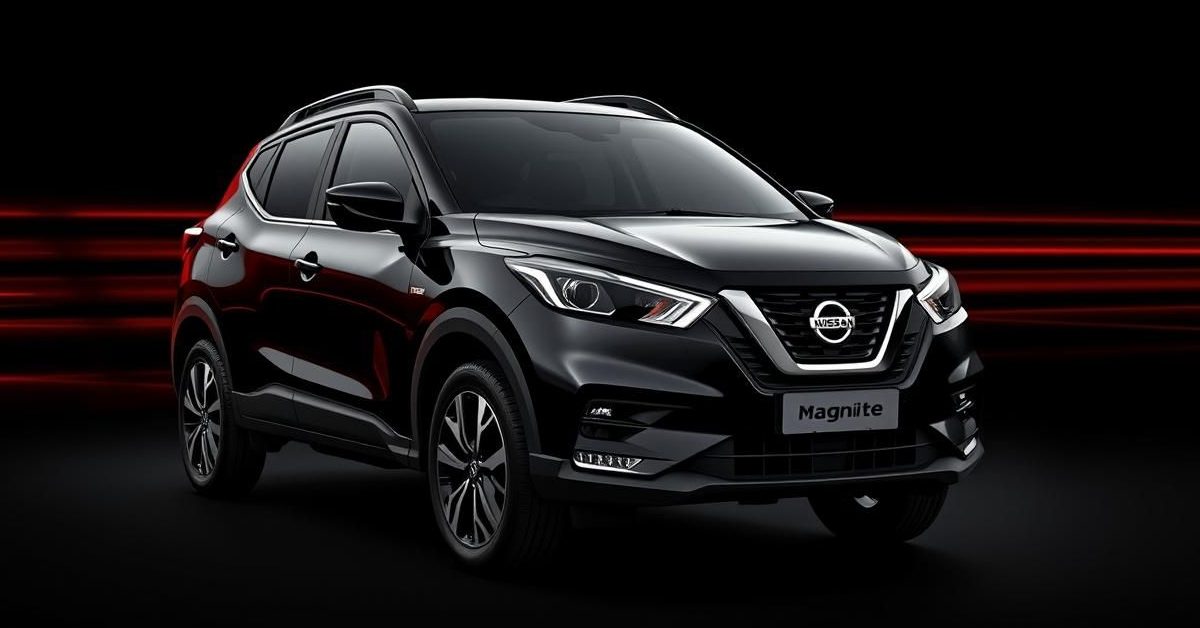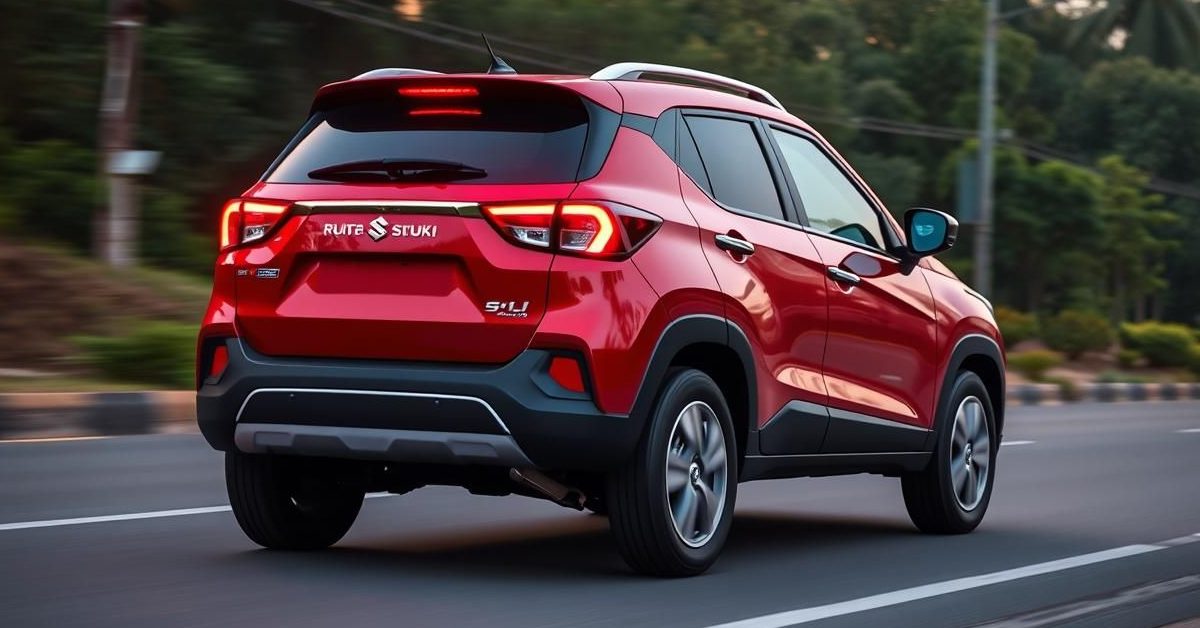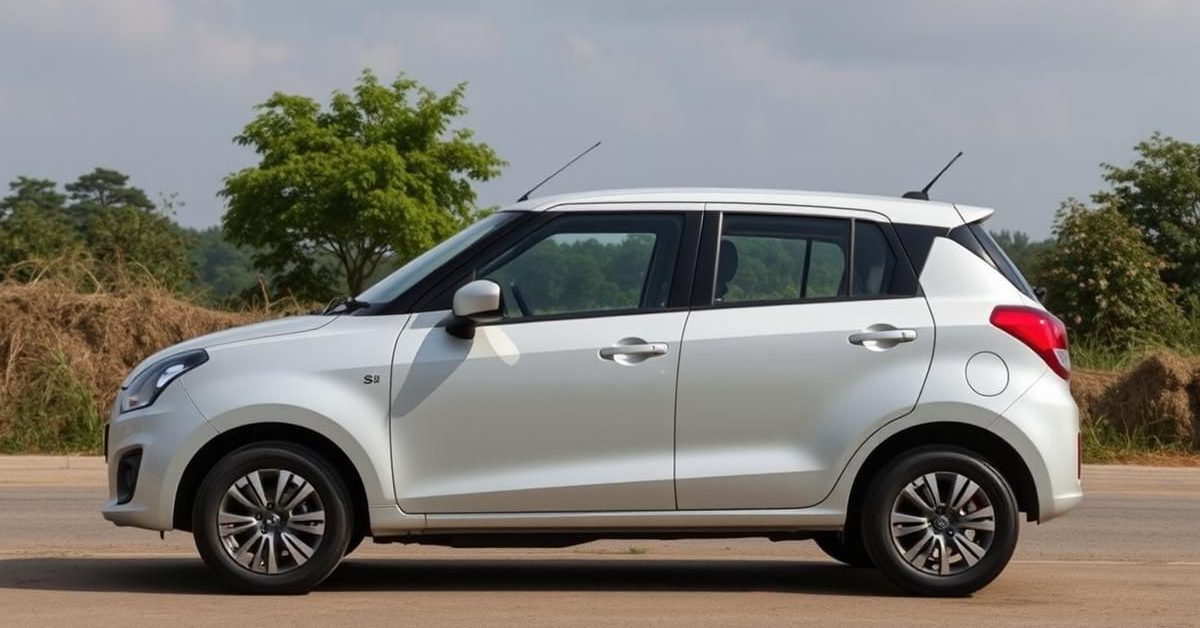The Tata Harrier EV and its diesel counterpart might share a name, but they offer vastly different experiences for drivers.
Spotting the Differences: Design Cues
At first glance, both the Harrier EV and the diesel Harrier look quite similar, especially from the side profile. They both boast a muscular stance and Tata’s distinctive design language, making them recognizable as part of the family.
However, the front end is where the EV truly stands out. The Harrier EV features a sleek, full-width LED light bar and a closed-off grille, giving it a modern and clean aesthetic. In contrast, the diesel Harrier maintains a more traditional SUV look with a larger air dam and aggressive styling, emphasizing its rugged credentials.
Powering Up: Diesel vs. Electric
Under the hood is where these two SUVs diverge dramatically. The diesel Harrier is equipped with a robust 2.0-litre Kryotec turbo-diesel engine, delivering 168bhp and 350Nm of torque.
This engine is known for its strong low-end torque and comes with options for either a six-speed manual or a six-speed automatic gearbox. It’s built for durability and comfort on long journeys, appealing to traditional SUV buyers.
The Harrier EV, on the other hand, rides on Tata’s advanced EV architecture. It’s available in both rear-wheel-drive and all-wheel-drive configurations. The AWD version uses dual motors, churning out a combined 238bhp and an impressive 504Nm of torque.
This electric powerhouse can sprint from 0 to 100kmph in just 6.3 seconds, offering a level of performance that’s unprecedented for mainstream Tata SUVs.
Range, Efficiency, and Running Costs
When it comes to how far they can go and how much they cost to run, there are significant differences. The diesel Harrier, with its 50-litre fuel tank, can cover around 750-800km on a full tank, assuming an average highway efficiency of 15-17 kmpl.
The Harrier EV boasts a certified range of 627km. In real-world driving conditions, you can expect around 450km, depending on factors like driving style and terrain.
While the diesel Harrier is a reliable workhorse with predictable long-term costs, the Harrier EV offers much lower running costs due to electricity being cheaper than diesel. It also provides the benefit of zero tailpipe emissions and incorporates future-ready technology.
- The Harrier EV features a modern, clean front design with an LED light bar and closed grille.
- Diesel Harrier retains a traditional, rugged SUV aesthetic with a larger air dam.
- Diesel version offers reliable, torquey performance for long drives.
- EV provides instant torque and rapid acceleration, reaching 100kmph in 6.3 seconds (AWD).
- Electric Harrier boasts significantly lower running costs and zero emissions.
Despite sharing a name, these two Tata Harriers cater to very different preferences, highlighting the evolving landscape of automotive choices.













